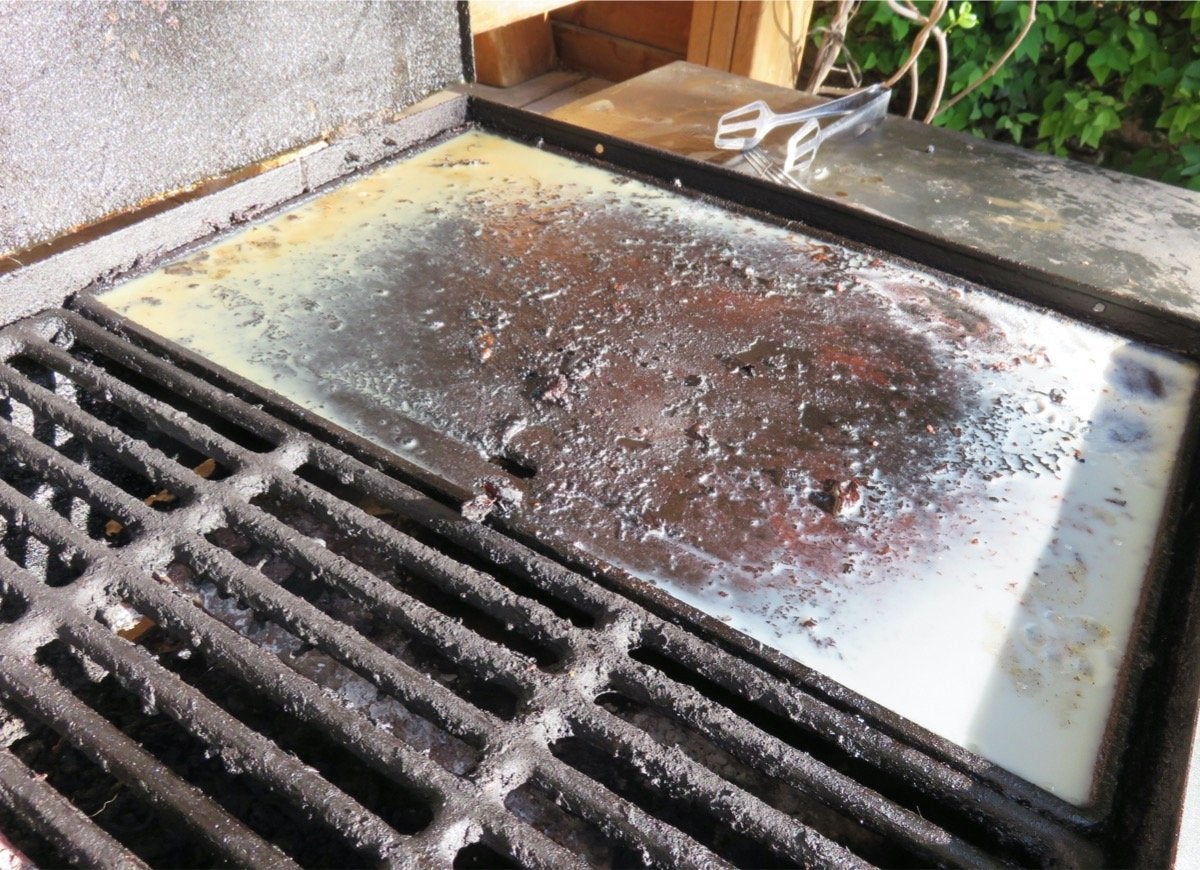We may earn revenue from the products available on this page and participate in affiliate programs. Learn More ›
Stop Paying for Pests
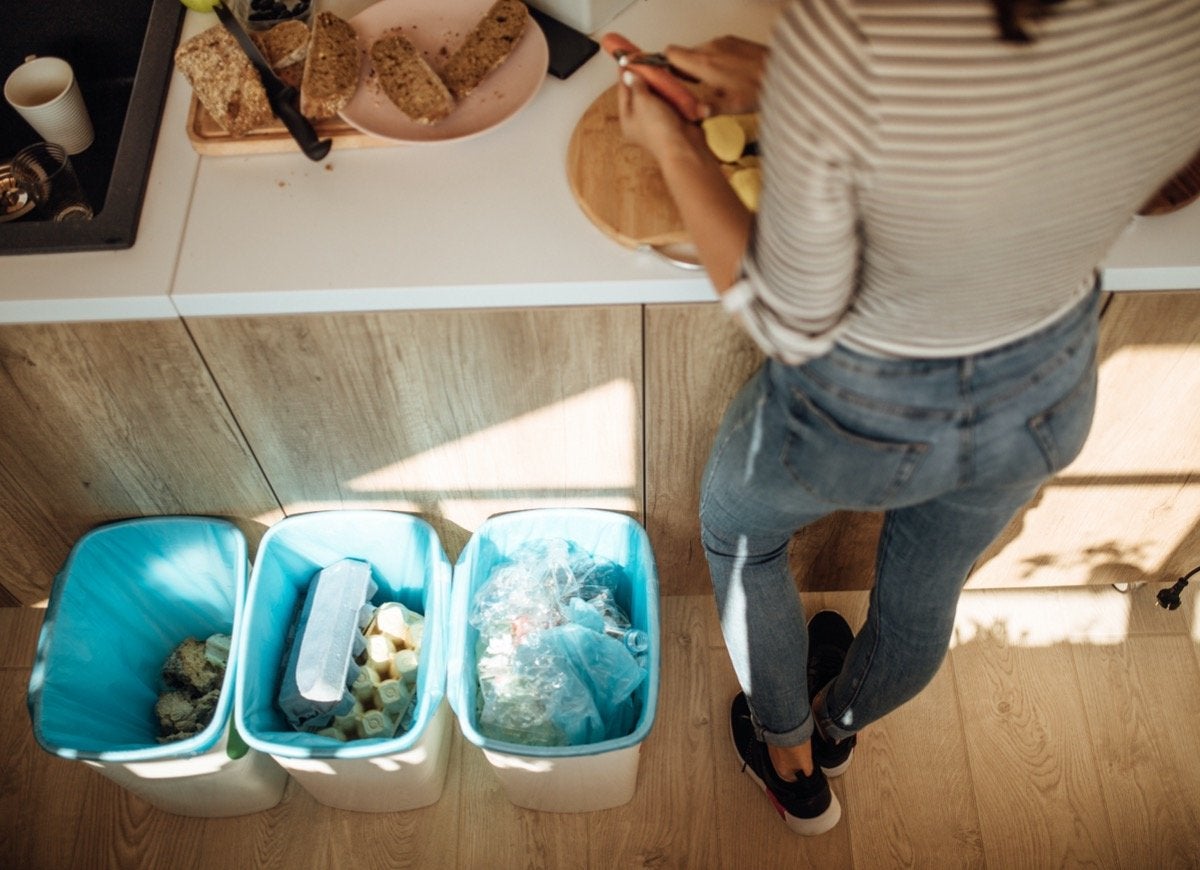
Pests and people are attracted to the same things: an easy meal, a convenient water source, and a cozy place to raise a family. All too often they find these things inside our homes. Delayed repairs and poor maintenance quickly become an open invitation for bugs and rodents to enter.
Once inside, it only takes a little food and water to convince them to stay, and insects alone cause more than $5 billion in damages annually in the United States. Avoid the expense and hassle of dealing with pest damage by preventing it in the first place.
Wet Basement

A leaky basement is more than an inconvenience. Pooling water attracts all kinds of pests, including insects, rodents, snakes and other unwanted creatures. Water in the basement also increases humidity that can lead to dangerous structural damage caused by termites and fungus.
To keep your basement dry, check the grading and downspouts around your house to make sure that rainwater is draining away from, not toward, the foundation. Be sure to address other potential sources of leaks—including windows and sump pumps—as problems arise.
RELATED: How to Level a Yard
Clogged Rain Gutters

Clogged rain gutters allow moisture to build up close to the roof line. In addition to structural problems, clogged gutters provide a water source for insects and snakes to breed.
Keep bugs and other creatures from congregating in your gutters by cleaning them out in the spring (and after leaf drop in the fall). Installing gutter guards might also help.
High Humidity

Pesky insects like cockroaches and silverfish love humid places. Leaky pipes, slow drains and even poorly vented bathrooms are ideal conditions for them. Address repairs to these problem areas quickly (and while you’re at it, consider running a dehumidifier in these zones), or you may have some creepy crawlies to contend with.
Trash and Recyclables
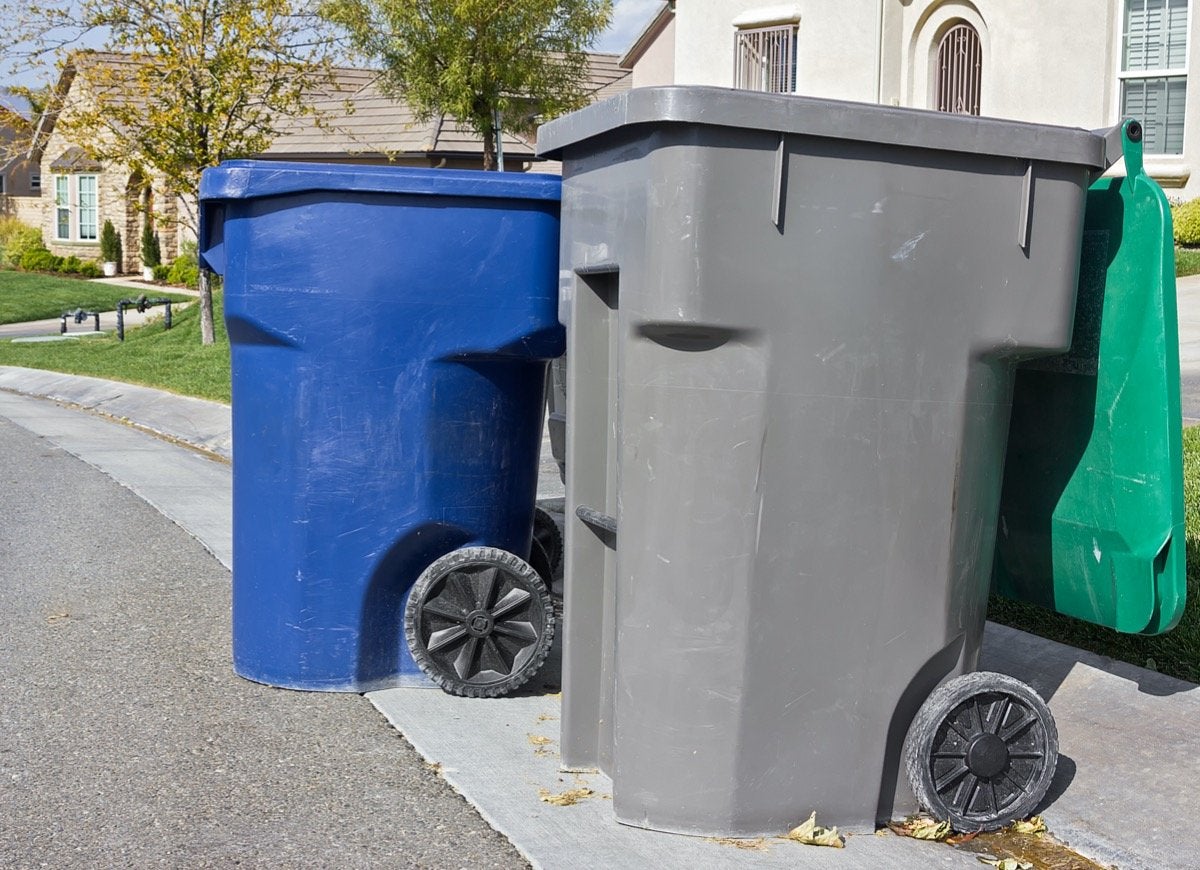
It’s no secret that the food scraps in trash cans attract bugs and rodents. Avoid infestations by properly bagging and sealing garbage and storing it in closed containers. Be sure to rinse out recyclables and the recycle bin itself, and consider upgrading from an open-top curbside recycling container to a container with a lid.
Poorly Maintained Landscaping
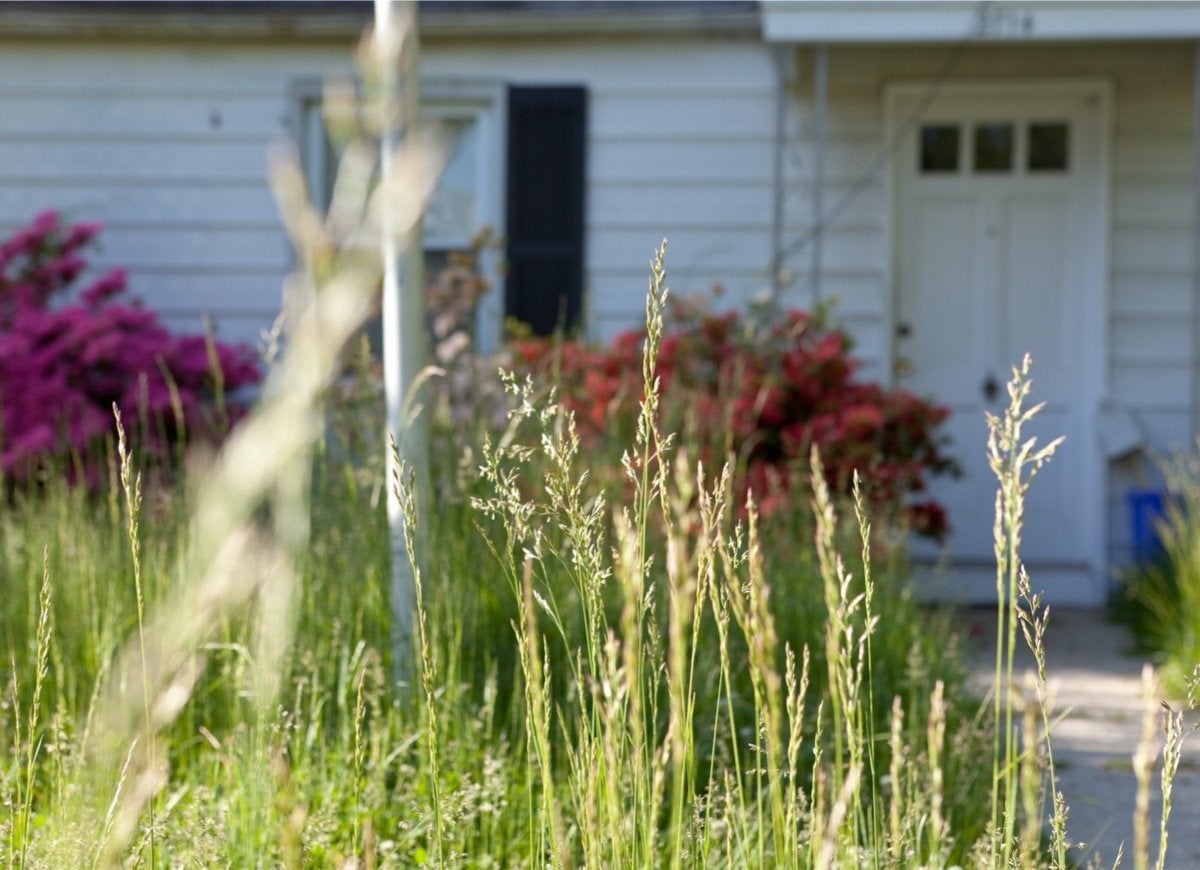
Tall grass and overgrown shrubs give cover to rodents, insects, and other creatures that would not be welcome inside the house. While these animals are free to roam in their own domain, you can keep them out of the house by practicing regular lawn maintenance, and not planting shrubs and trees right up against the house.
Composting

Composting is a fantastic way to recycle food waste into an excellent garden soil amendment, but compost piles attract hungry insects and rodents. Avoid problems by using an enclosed composting system, and locate outdoor compost piles at least 50 feet from the house. Balance food scraps with garden waste like fall leaves and grass clippings to prevent a smelly mess, and never compost meat, dairy, and fatty foods.
Countertop Produce

Some produce keeps better when it’s not refrigerated, but the bad news is that storing ripening fruit on the counter can lure fruit flies. To reduce the risk of flies, don’t let fruit sit too long before eating it and dispose of scraps and peels after each meal. If you can’t manage to eat your fresh produce before it gets overripe, consider freezing it for use in smoothies or baked goods.
Gaps In Siding
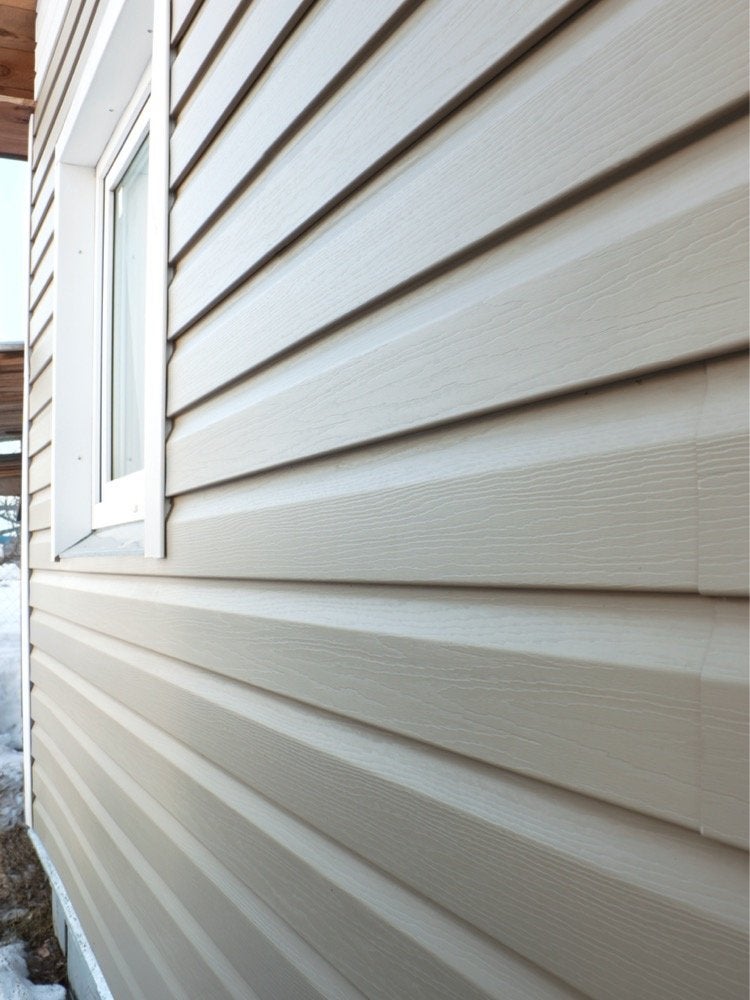
A mouse only needs a 1/4-inch opening to get inside your home. Holes in your siding or gaps under the door are easy entry points. Inspect the siding on your house at least twice a year, paying close attention to seams, trim, and transitions from siding to masonry. Plug gaps with silicone caulk, steel wool, or expandable foam sealant.
Roof Damage
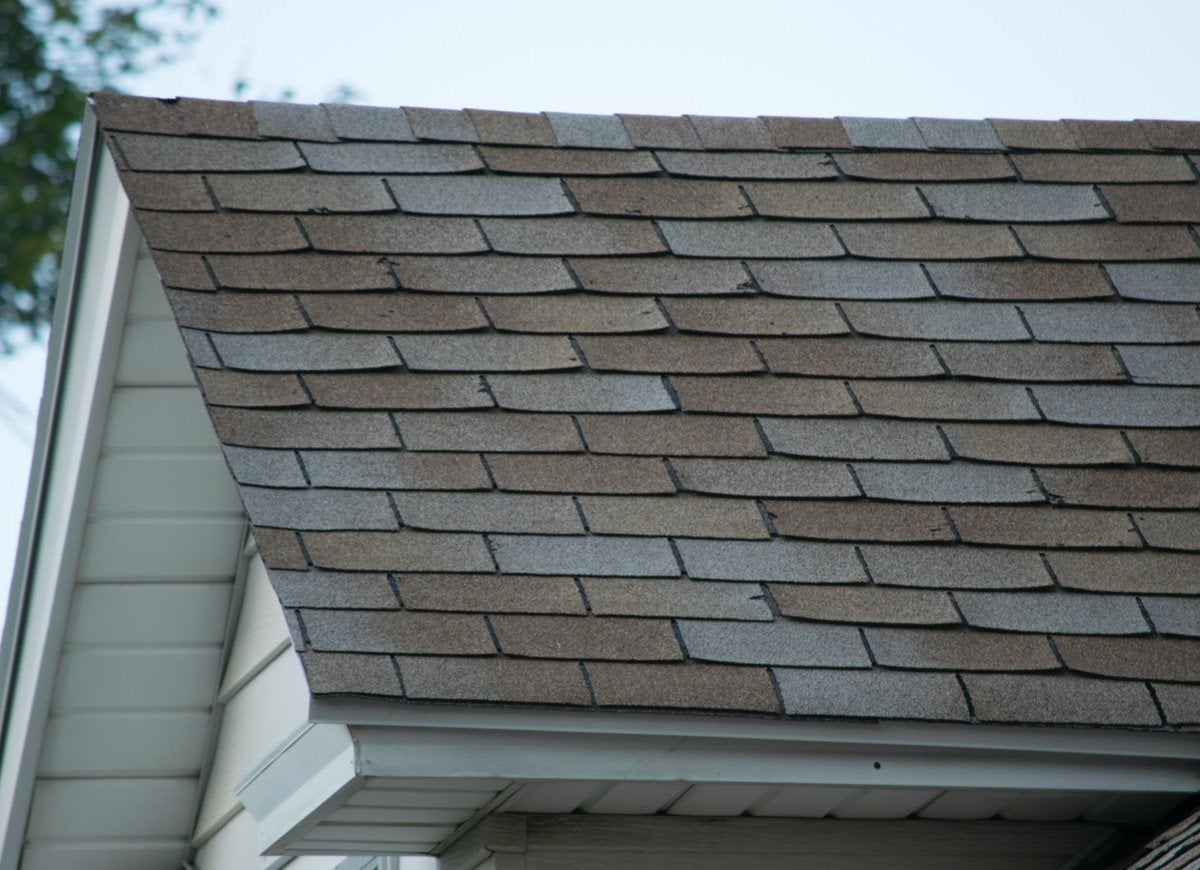
Your attic is a great place to raise a family—just ask your neighborhood squirrels, bats, and mice. Animals are attracted to the warmth and protection that our houses provide. How do they get in? Possible entry points include holes or missing boards on the fascia or soffit, gaps between the fascia and eaves, gable or ridge vents without screens, and missing shingles. The best way to keep animals outside is to inspect these areas annually, and keep your roof in good repair.
RELATED: Solved! This Is How Long You Can Expect Your Roof to Last
Worn or Missing Door Sweeps
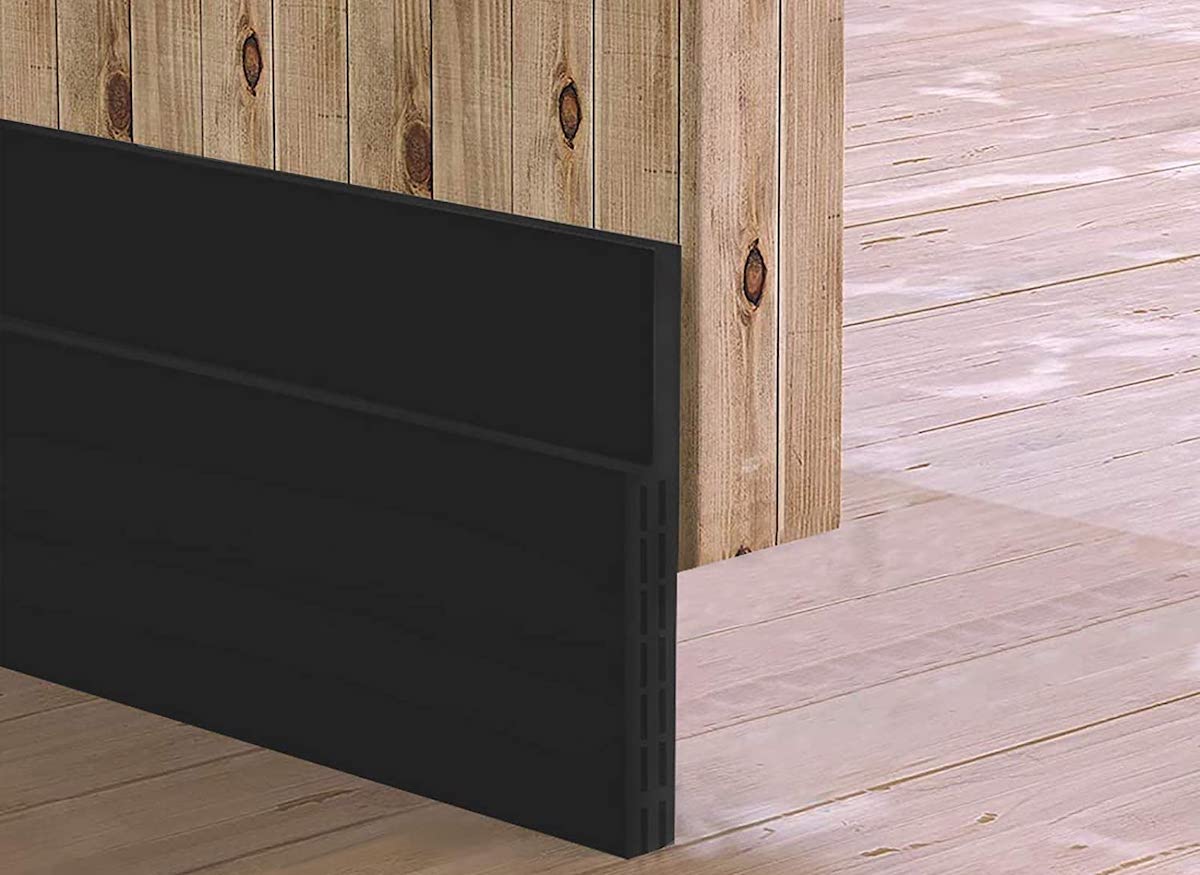
Door sweeps do more than simply save on utility bills: These little strips, which DIYers can easily attach to the bottom of their front, side, and rear entry doors, also keep out bugs and other pests. Replace missing or worn door sweeps to eliminate a pest entry point.
RELATED: The Best Door Draft Stoppers to Keep the Cold Out, Tested
Window Screens
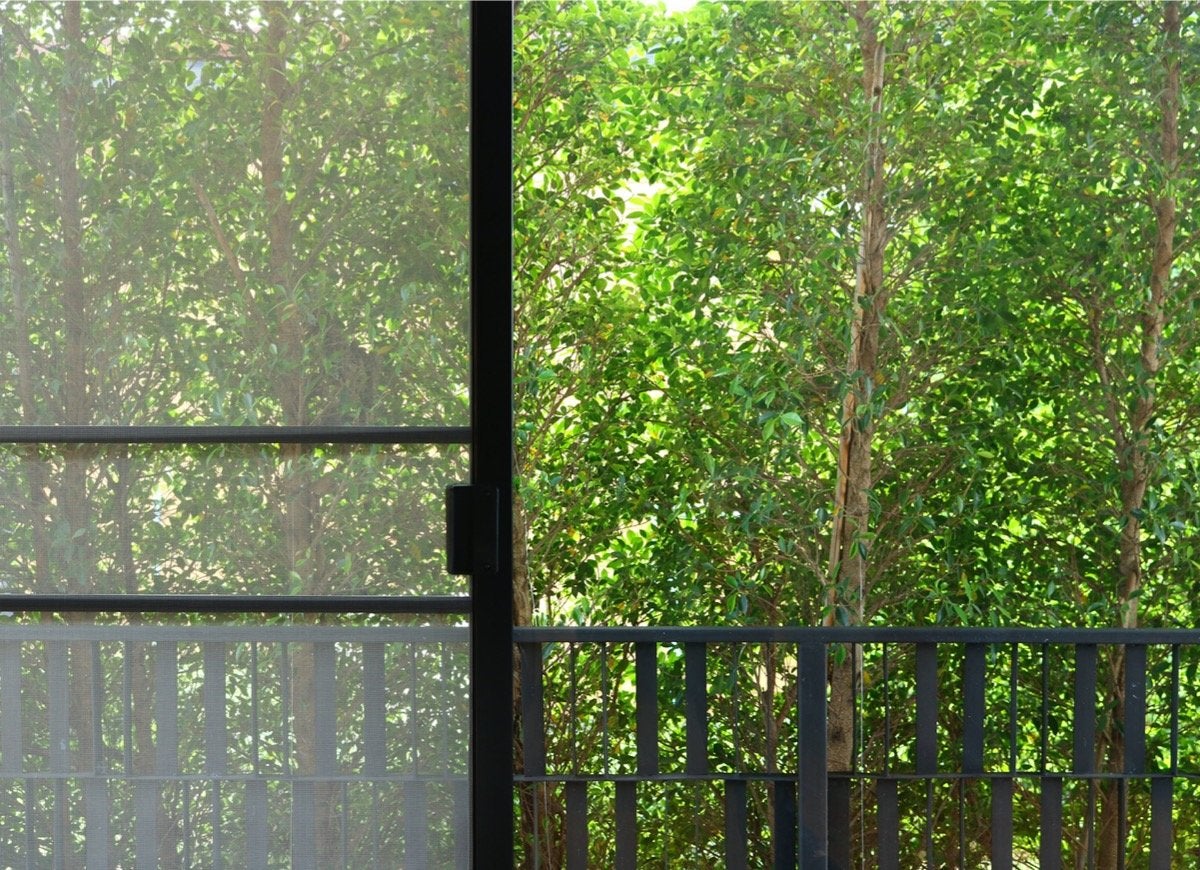
Window screens were invented to keep bugs out of the house, but if they have holes, they can’t do their job. Inspect all household window screens each year, and repair or replace them as needed.
Indoor-Outdoor Pets

Dogs and cats may be protected against fleas and ticks with preventative medication or collars, but that doesn’t mean they won’t bring bugs into the house. Whether a stink bug hitches a ride on their fur, or they bring in live rodents on purpose, pets can be adorable instigators to a pest problem. Monitor your pets’ comings and goings, and inspect them when they come inside to stop unwelcome guests at the door.
Porch and Landscape Lights
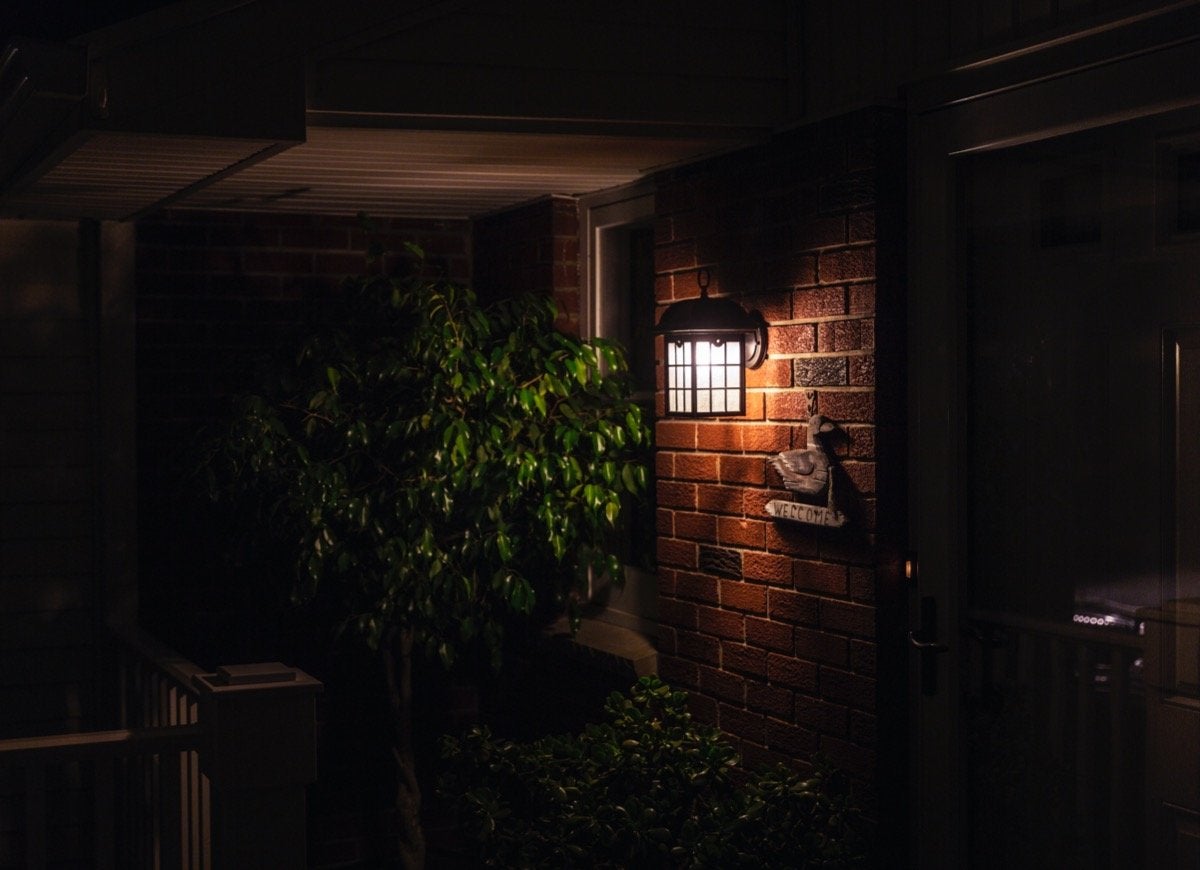
A traditional porch light left on for an hour after dusk attracts thousands of insects of all kinds—and if a door is opened beside the light, those bugs may invite themselves into the house. The same holds true for landscape lighting.
Even bug zappers attract far more insects than they kill. A better solution is to install motion sensitive security lighting away from the home. The light turns on when needed, and stays off the rest of the time, potentially keeping trouble and insects away.
RELATED: Beware of These 14 Pests That Only Come Out at Night
Foundation Cracks
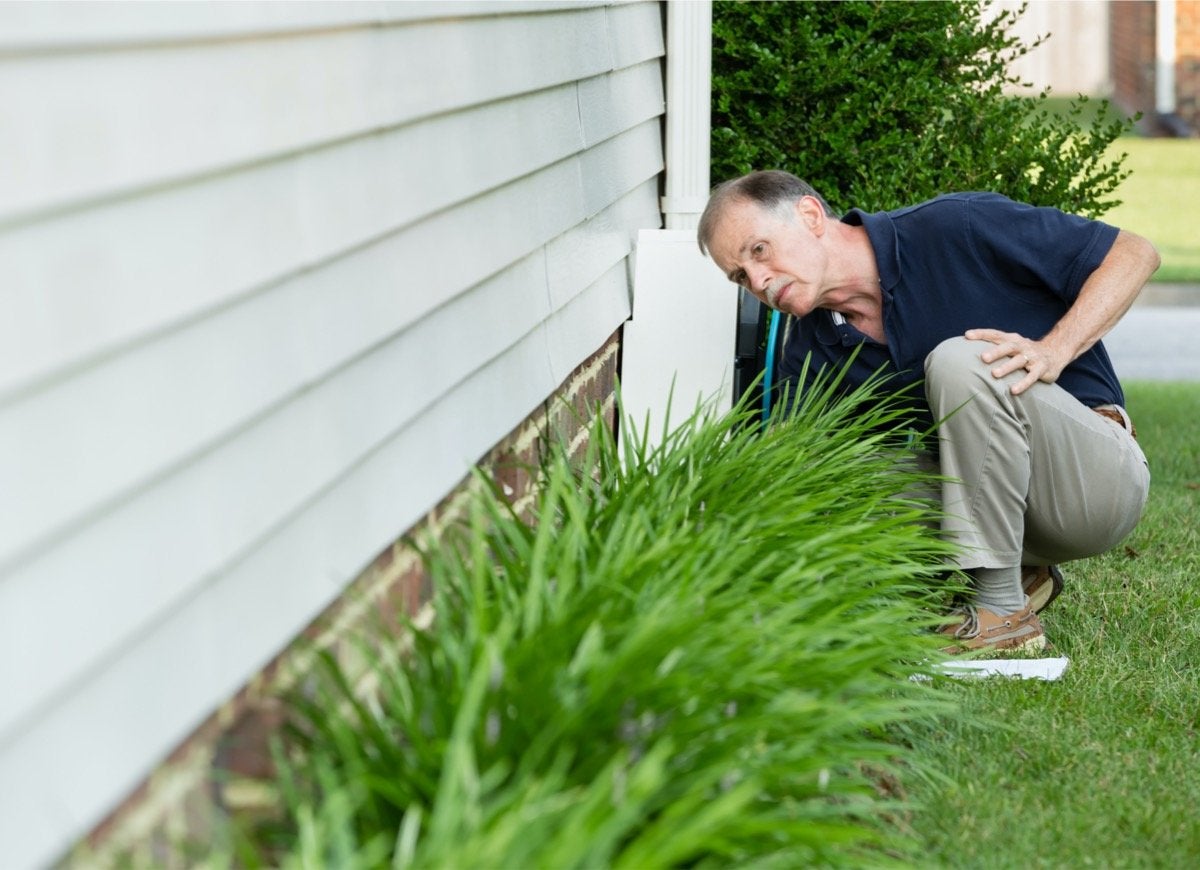
Concrete slabs, poured or block foundations, and even masonry veneers are subject to cracking. Even the smallest crack in concrete can easily become an entry point for insects into your home, and larger cracks may even allow enough space for rodents to come inside. Inspect masonry annually, and address repairs as the need arises.
RELATED: 5 Ways to Prevent Cracks in Concrete—and 1 Easy Fix
Open Garage or Basement Doors
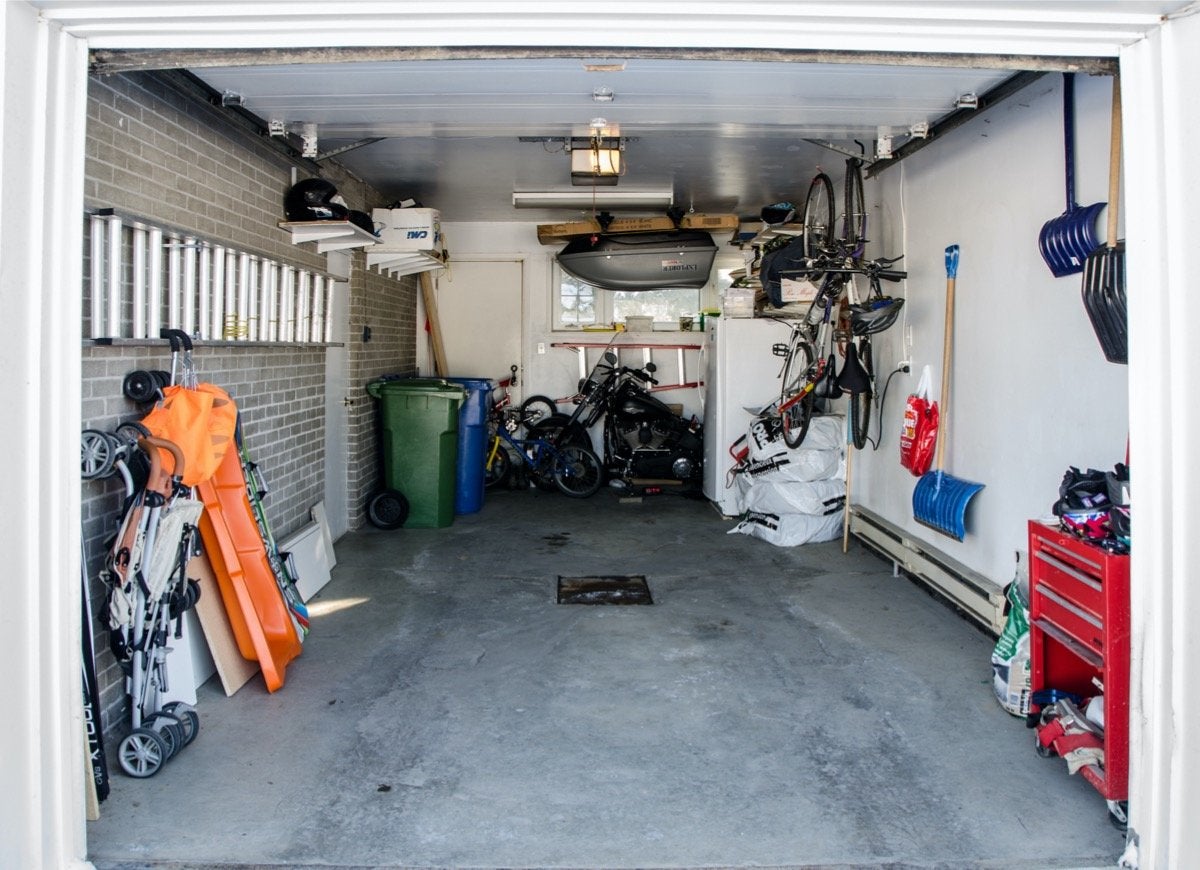
We use garages and basements as storage spaces, workshops, studios, and potting sheds, but pests use them as a warm and welcoming home. These unwelcome guests often find their way inside when homeowners leave garage doors open for hours at a time. Garages and basements make outstanding entry points for all sorts of creatures. Always close garage and basement doors when they don’t need to be open.
RELATED: 12 Things to Toss ASAP When You Clean Out Your Garage
Openings for Pipes and Cables
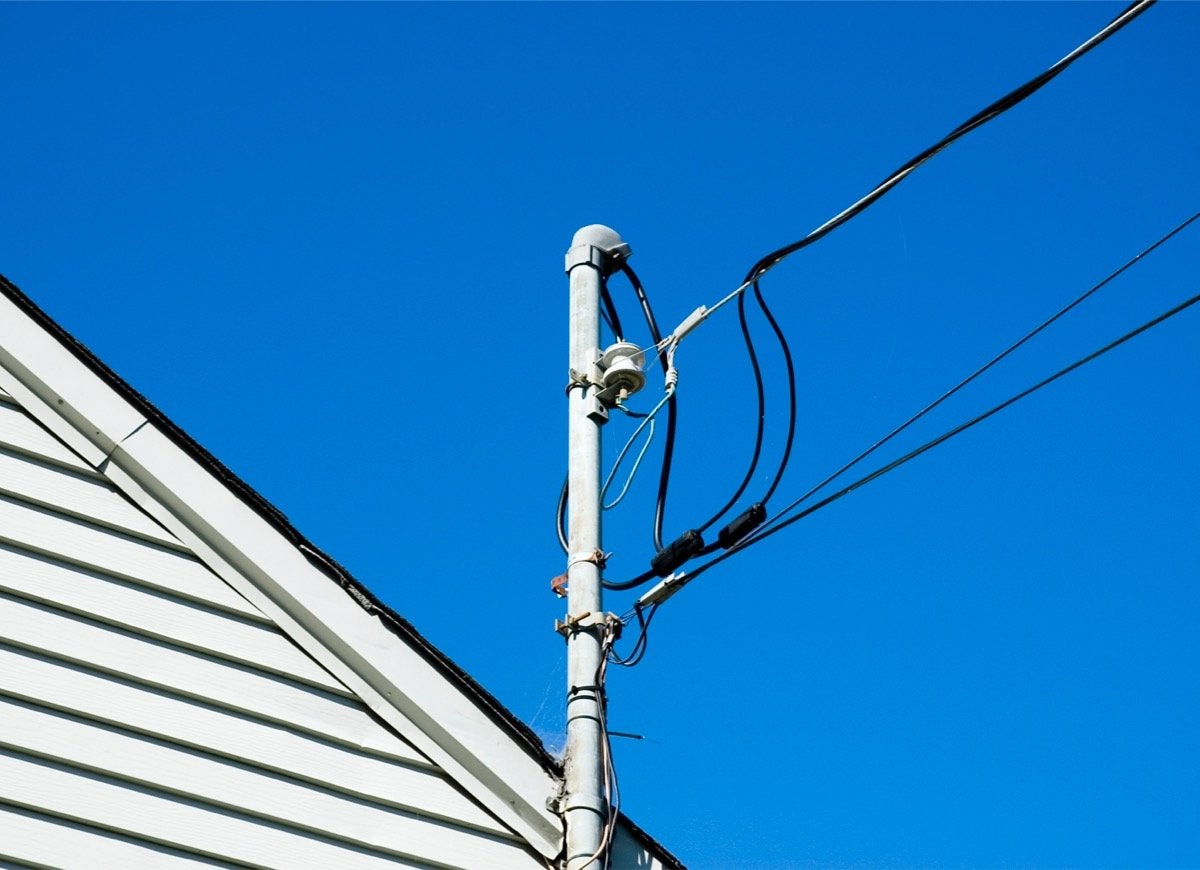
There are lots of small openings in the foundation, walls, and roof of every home to allow various utility lines—telephone, cable, fiber optic, air conditioning, and gas—to pass through. Inspect and seal these holes with silicone caulk to eliminate entry points for pests.
RELATED: 15 Problems Around the House That You Can Solve With Caulk
Uncovered Chimneys
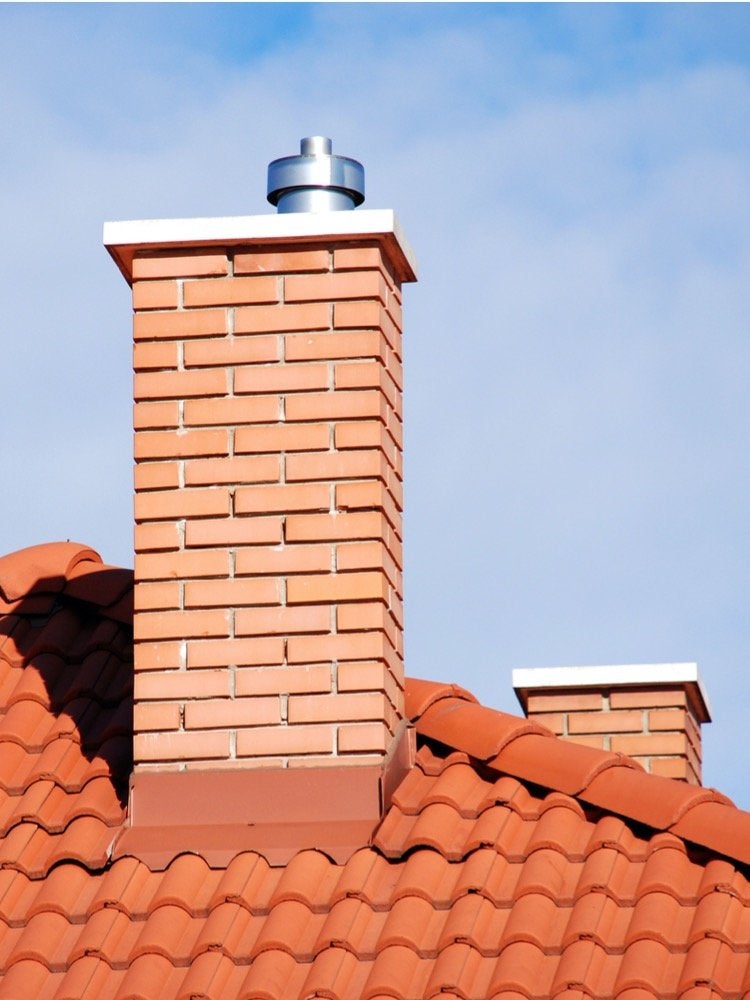
Mice, squirrels, raccoons, birds and other critters can easily enter the home through a chimney, so be sure to close the damper when it’s not in use. Install a mesh-covered chimney cap, and inspect it each spring and fall to make sure it’s in place and intact.
General Clutter
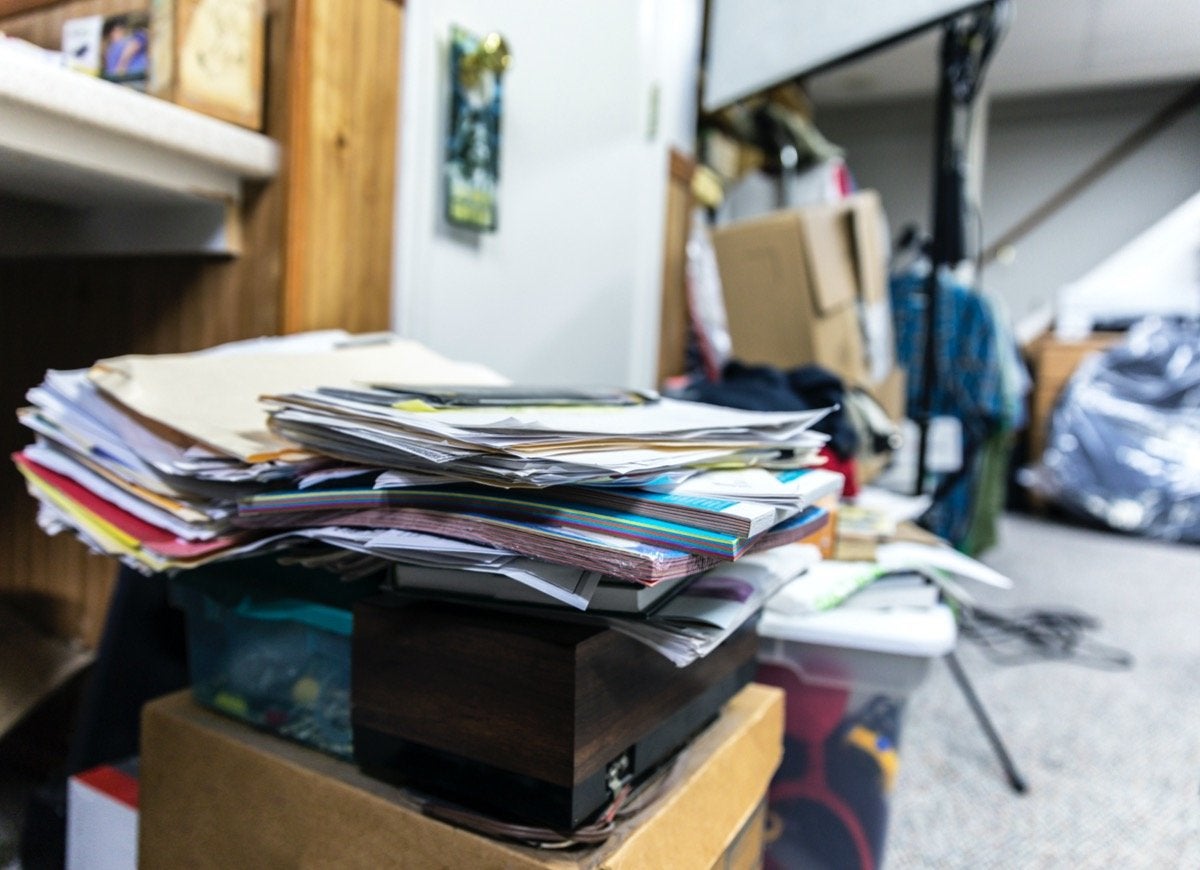
Disorganized messes are difficult to keep dust free and clean, and they also create hiding places for little creatures. Books and papers piled on an office desk are an invitation for silverfish and dust mites. Random boxes of stuff in an attic or basement invite squirrels, rats, and other small mammals to nest. Keep papers organized, clean and dust regularly, and purge unused stuff.
Water Damage
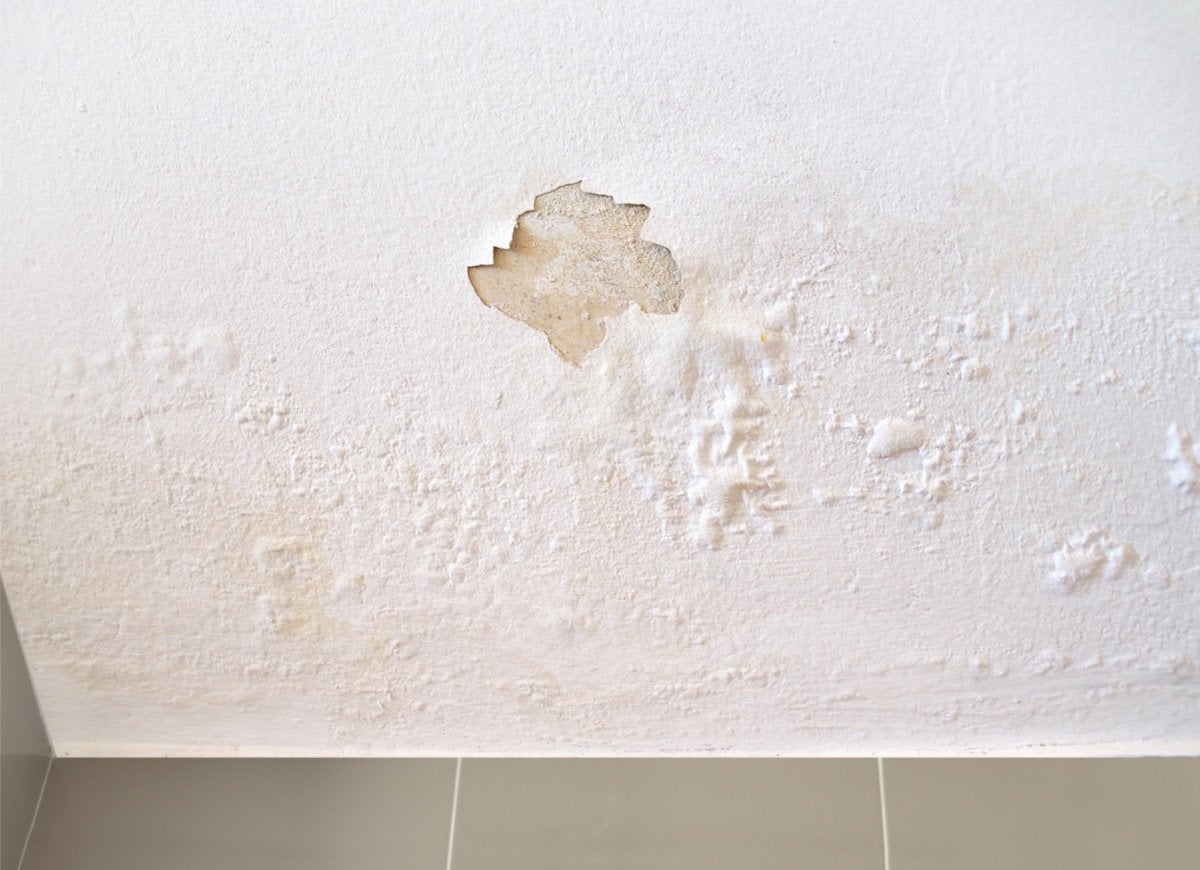
Even after you repair a leak, the impact of water damage is just beginning. Wet wood and drywall attract mold and mildew, weakening the construction materials. The weakened materials become a food source for termites, silverfish, and other insects who feast on and create decay. Repair water damaged areas immediately after detection to ward off these little destroyers.
RELATED: 14 Things You Absolutely Must Get Rid of if Your Home Floods
Firewood
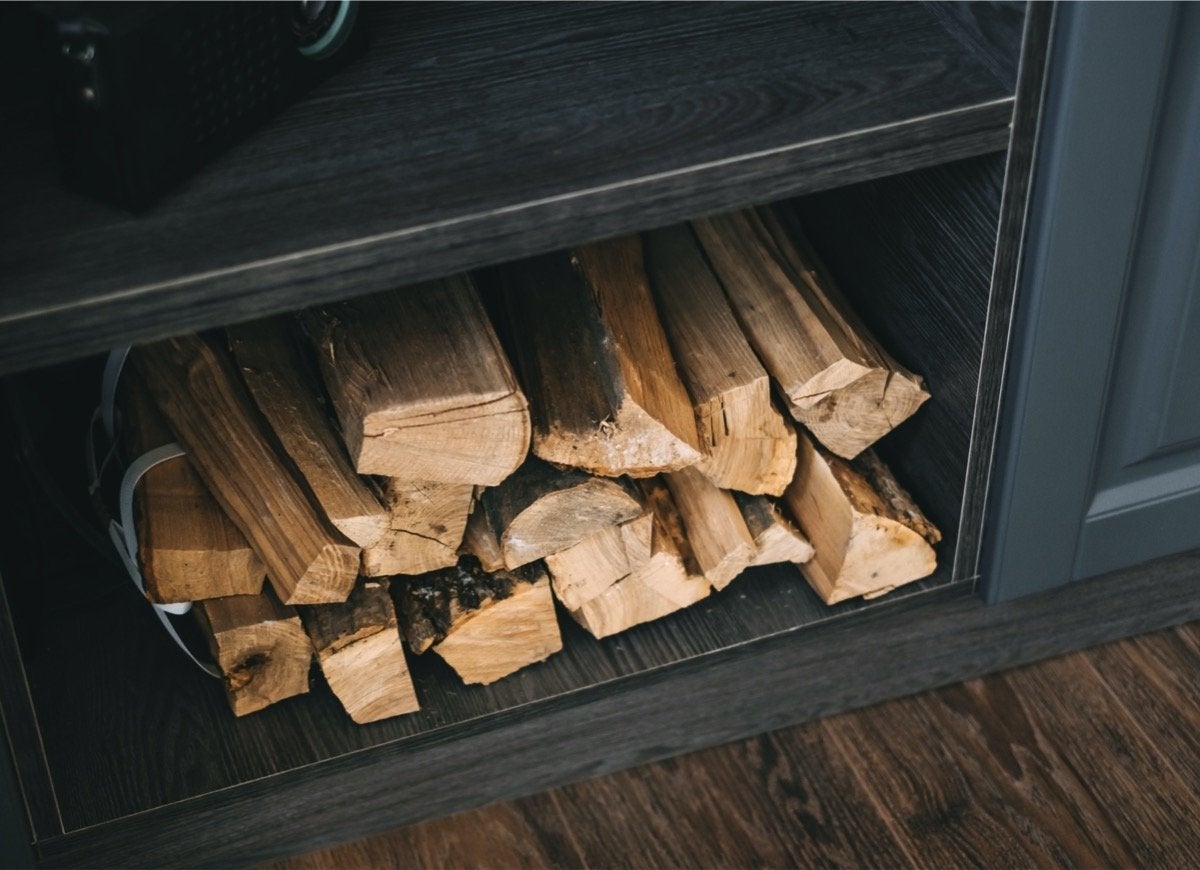
Stacked firewood attracts a variety of insects who live in and feed on the organic matter, and it can even attract rodents. To keep the woodpile dwellers out of your home never store firewood indoors, even for a few hours. It’s best to store firewood outdoors, off the ground, and at least 50 feet away from the house.
Bird Seed and Pet Food
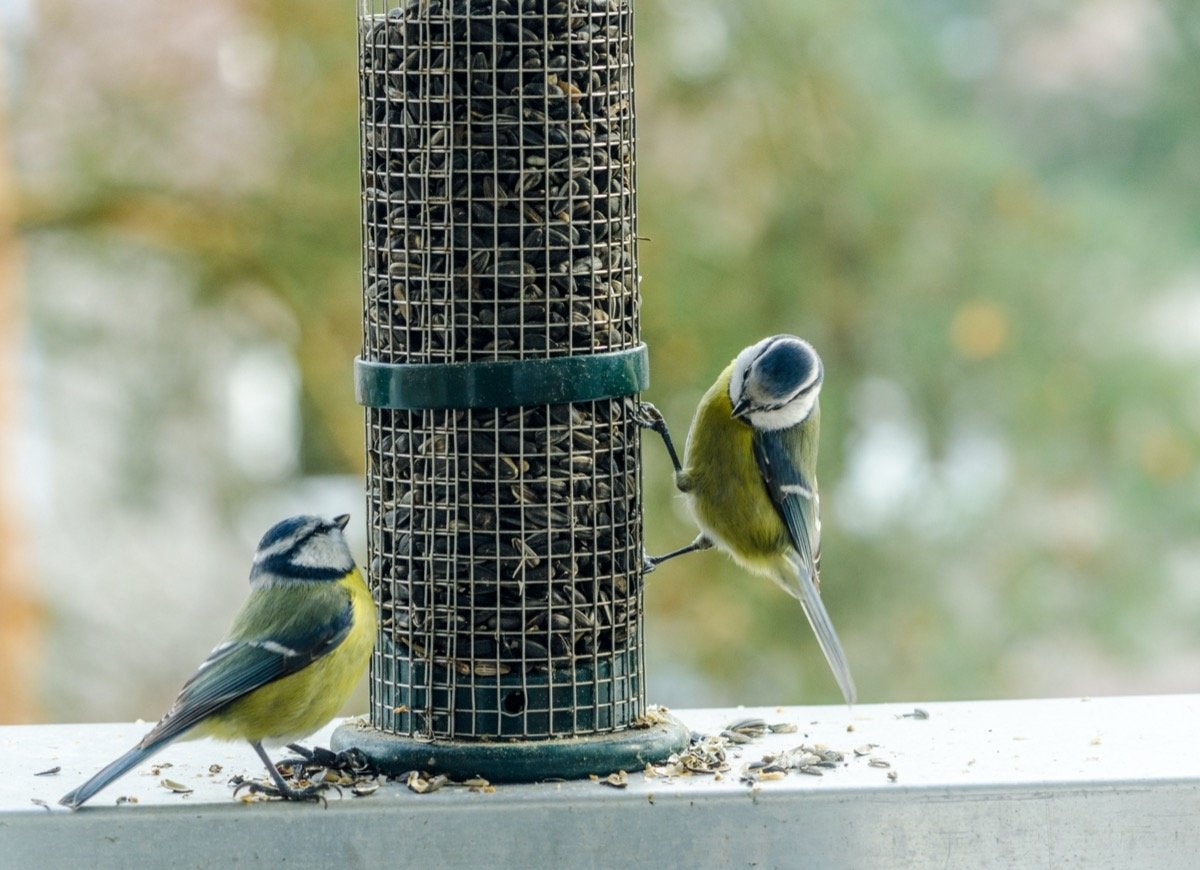
Pet and wild bird food can cause rodent infestations at the points of food storage, and feeding. Mice and rats will easily sniff out poorly stored food, spilled food, and uneaten food left in food bowls.
To prevent an infestation, store pet food and bird seed in tightly closed containers. Feed pets indoors at regular times—don’t leave food sitting out all day. Remove uneaten food when pets stop eating at mealtime, and clean spills promptly. Feed birds at least 50 feet away from the house, and sweep up spilled seed.
RELATED: The Best Squirrel-Proof Bird Feeders, Tested and Reviewed
Houseplants
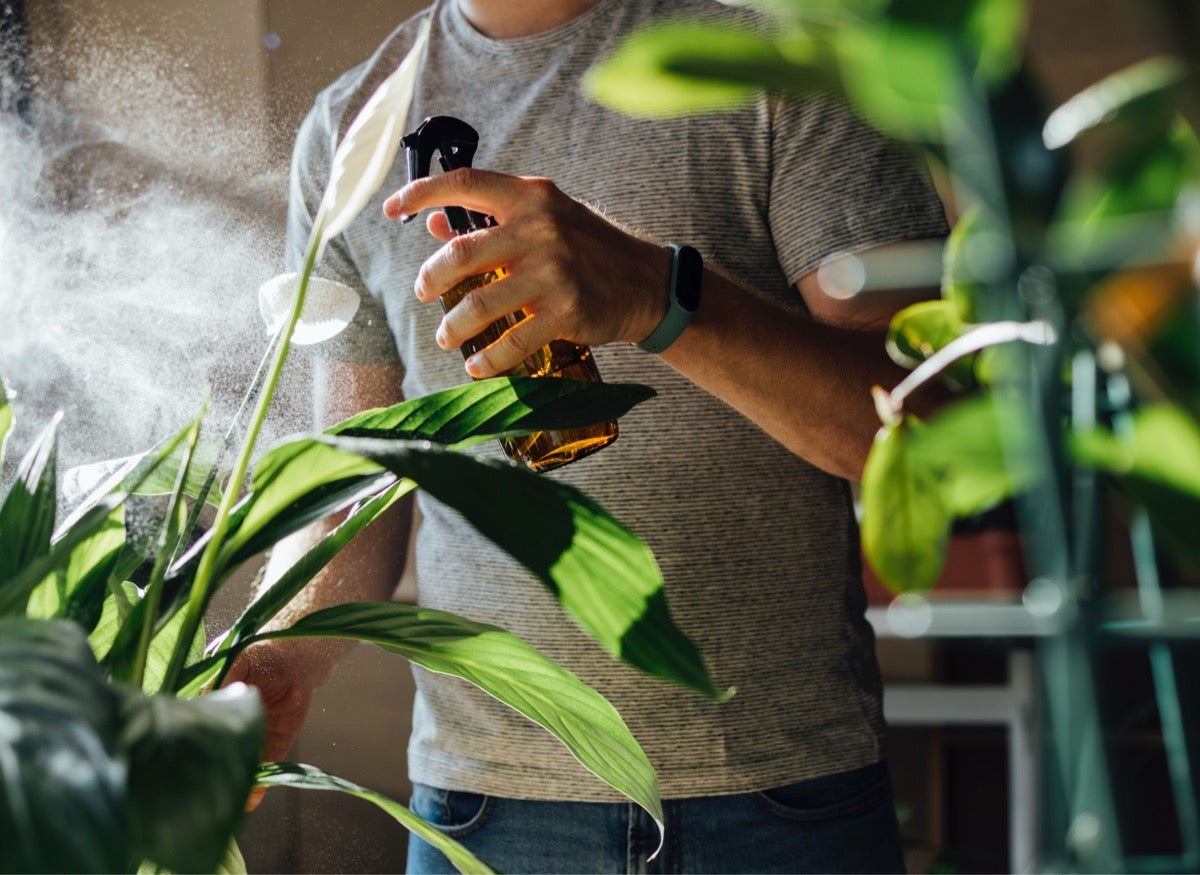
Houseplants breathe life into an indoor space, but unfortunately, they can also attract a variety of pests. Many houseplants attract aphids, which may seem like an isolated issue, but aphids, in turn, attract ants. That’s because they produce a sweet substance known as honeydew that ants love.
If you notice ants around your houseplants, an infestation of aphids may be the problem. Eliminate them by spraying the plants with a solution of one quart of water with a few teaspoons of dish soap, or use a natural insecticide.
Cool-Toned Light Bulbs
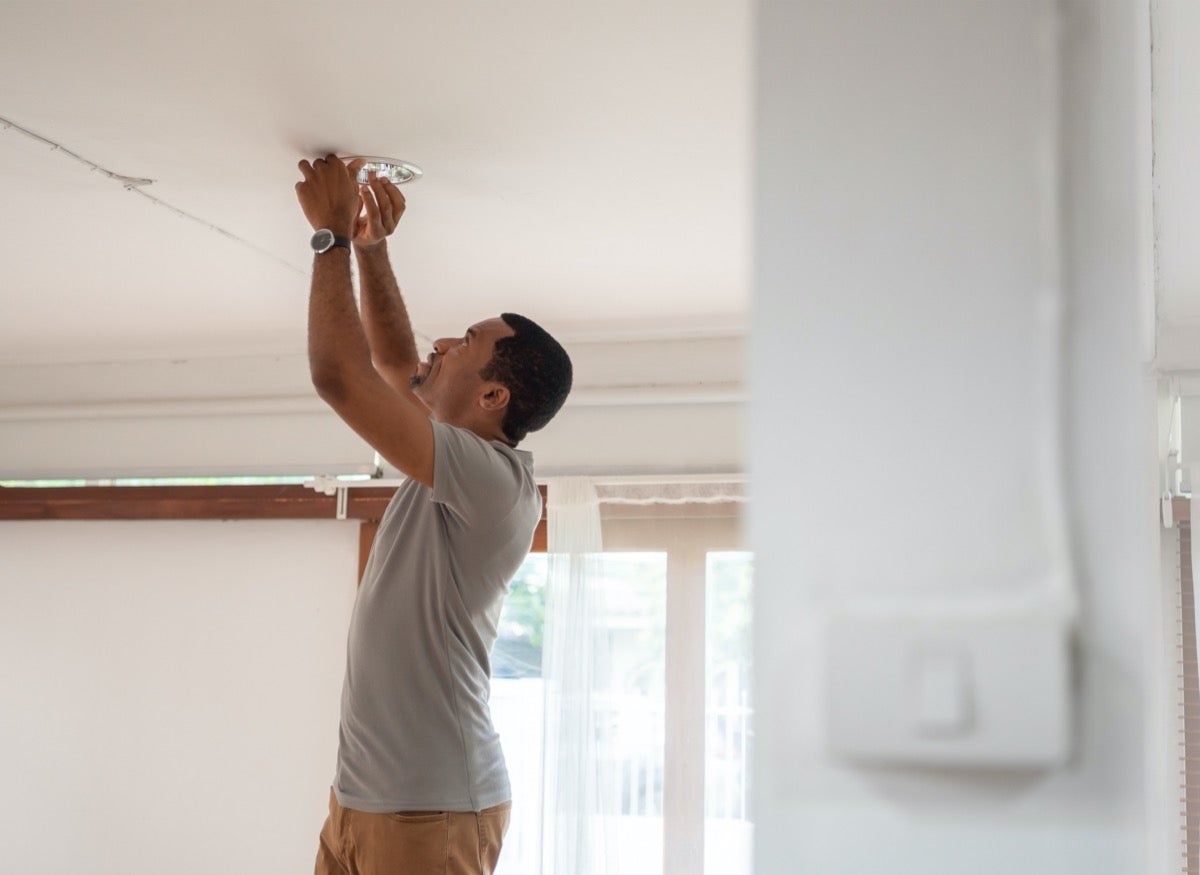
We know that many bugs are attracted to light, but it turns out that certain hues on the color spectrum are more enticing to them than others. Many insects are only able to see three colors (ultraviolet, blue, and green), which is why they’re naturally attracted to cool-toned light.
Many LED light bulbs emit cool, white light, and should be avoided if flying insects are an issue at your home. Opt instead for any warm-toned labeled light bulbs.
RELATED: Types of Light Bulbs and Light Bulb Shapes Every Homeowner Should Know
Dirty Bedding

Unpleasant as it may be to think about, every night while we sleep, we sweat, emit bodily fluids, and shed small amounts of skin and hair. These substances build up on our bedding, leading to the development of bacteria, which in turn attracts bugs and pests. To prevent this, it’s essential to wash bedding regularly. The Sleep Foundation recommends washing sheets once per week to avoid a buildup of germs and bacteria.
Cardboard Boxes
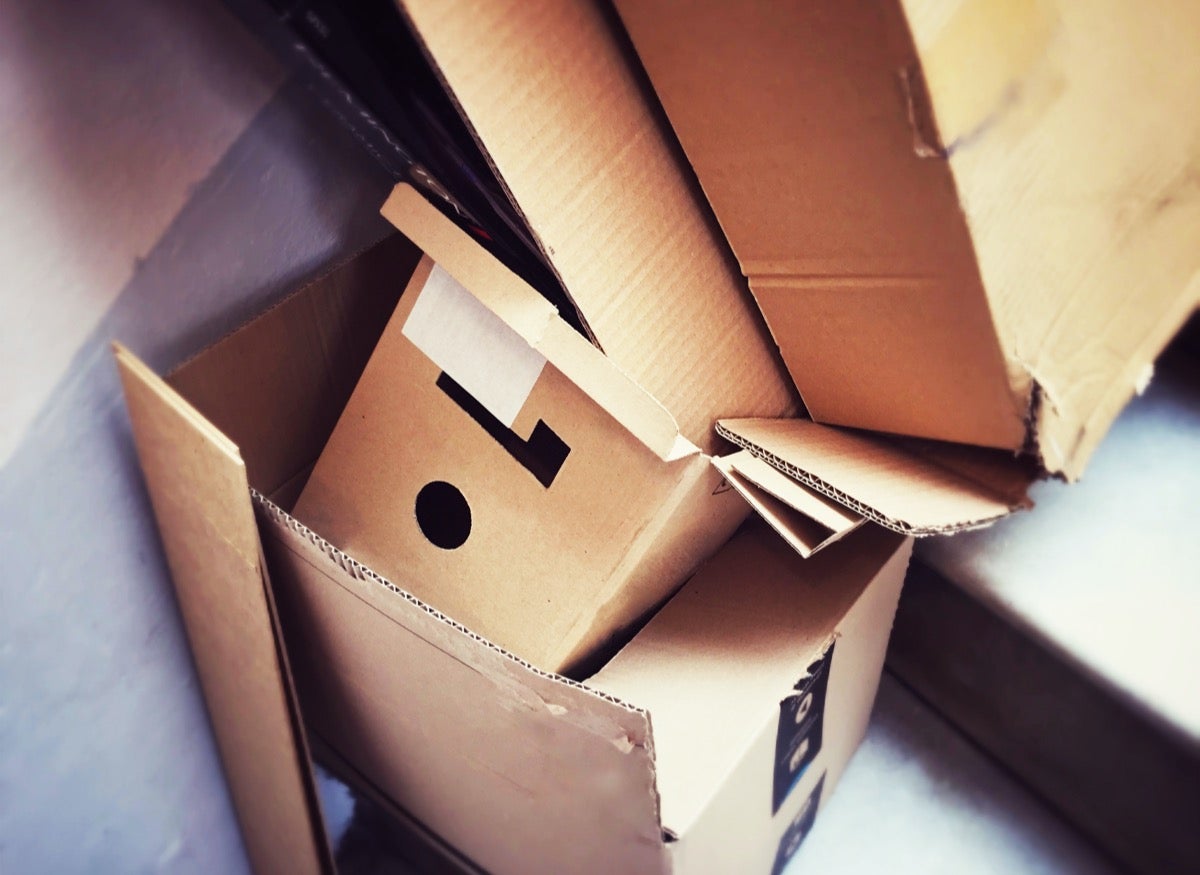
It’s a well-known fact that termites consume wood, but did you know that they’re also attracted to cardboard? Like wood, cardboard contains cellulose, which attracts termites. To prevent a termite infestation, avoid keeping cardboard boxes in your home long term, especially ones filled with food or plant-based materials. Instead, opt for plastic storage bins, which keep their contents safe from pests.
Still Air
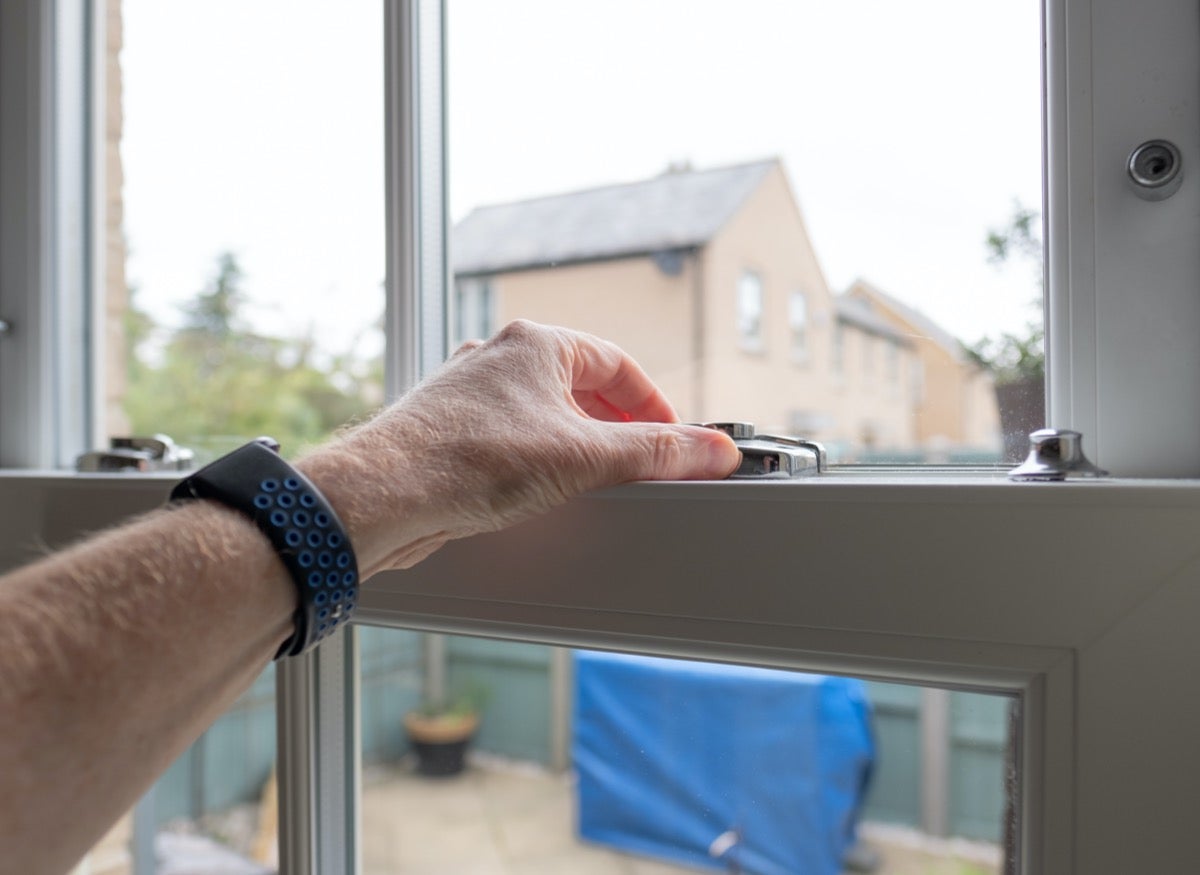
Running fans when the weather is warm keeps air circulating, making the space more comfortable and reducing air conditioning costs in the process. An unexpected benefit of using fans and air circulators is that they also keep flies at bay. Flies are attracted to spaces with still air, so keeping a fan blowing will make your home less hospitable.
Alcohol

Many of us like to kick back with a beer or a glass of wine, but doing so may bring uninvited to your party. Alcoholic beverages contain sugars, making them incredibly appealing to a number of different insects. Make sure to always cork opened wine bottles and avoid leaving wine or beer glasses out overnight.
If you make your own wine or brew your own beer, make sure your workspace is meticulously cleaned and that any drips or spills are cleaned soon after they occur.
Dirty Drains

Drain flies can be a major nuisance. Failing to clean your drains regularly can attract these pests, since they’re drawn to the leftover food particles.
It’s best to clean household drains every 2 weeks by pouring a mixture of baking soda and vinegar into them and then rinsing the drain with boiling water. This should clear out and disinfect the area, making it much less appealing for drain flies.

A DIYer’s Guide to Replacing Flooring
Update the look and feel of any room by replacing old, worn-out flooring. These products and straightforward steps make it easy enough for any handy homeowner to do.


